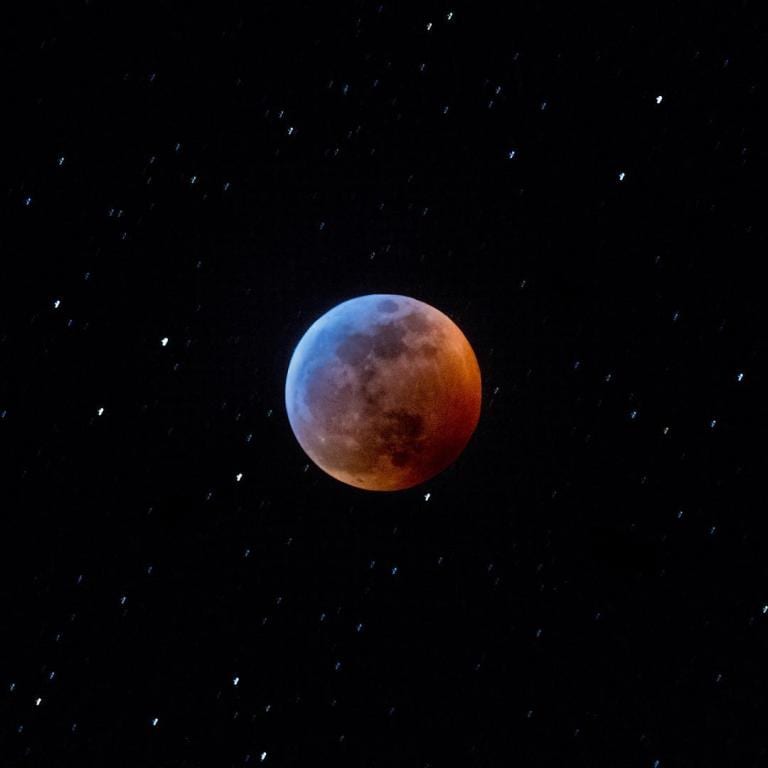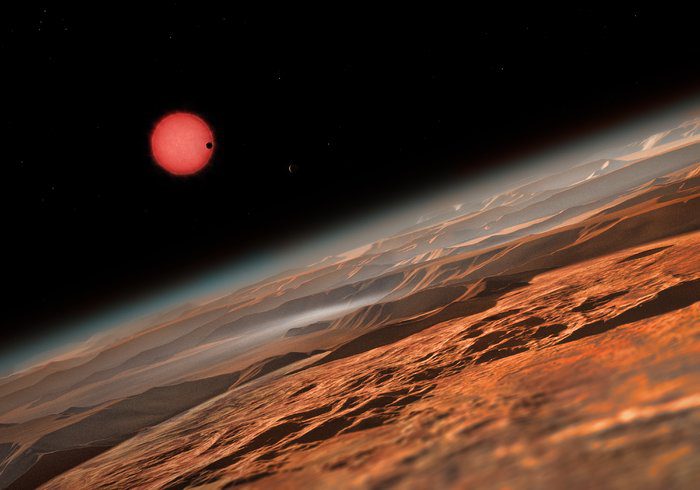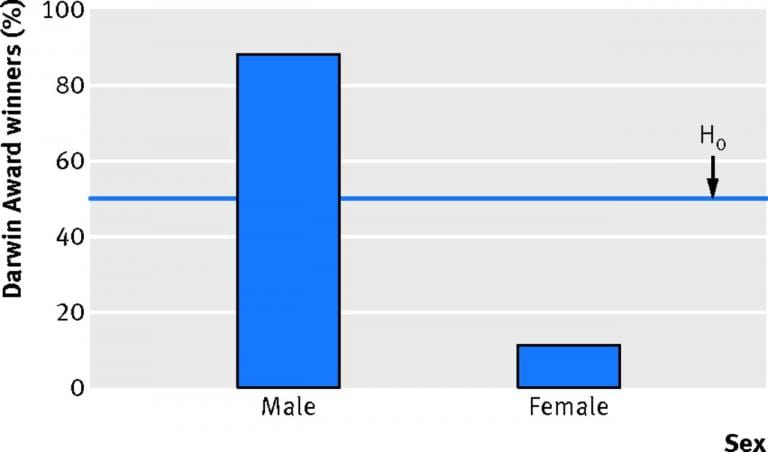
Notes from M. Darby Dyar, Suzanne E. Smrekar, and Stephen R. Kane, “The Exoplanet Next Door: What Venus can teach us about planets far beyond our solar system,” Scientific American 320/2 (February 2019): 56-63:
Unfortunately, although more than 25 serious proposals have been submitted to NASA in order to fund return missions to Venus, none of them has been approved. Thus, scientists are still largely dependent upon data generated by the Magellan orbiter, which was launched toward the Sun’s second planet fully thirty years ago, in 1989.
In the meanwhile, fortunately, the Japanese and European space agencies have dispatched successful missions to Venus that have led to breakthroughs in understanding its atmosphere.
But new discoveries have also come from sifting through and reanalyzing the old Magellan data. Scientists now believe that Venus has considerable volcanic activity, and that it may be undergoing the start of plate tectonics, a geological feature that is currently regarded as essential to a planet’s habitability. (Ironically, therefore, the very phenomenon that causes earthquakes, which we don’t like, may be critical to the existence of life, which we typically like quite a bit.) Moreover, it now seems possible that Venus featured liquid water on its surface until relatively late in the planet’s history, which means that it may have been habitable much longer than had previously been supposed.
This comes at an interesting time, when thousands of exoplanets have been discovered in other solar systems — many of which are roughly the same size as Venus and roughly the same distance from their suns. (As of 1 January 2019, there are said to be 3,946 confirmed exoplanets in 2,945 systems, with 650 of those systems having more than one.) This suggests that, if we can learn more about Venus, it may help us to understand those much more distant exoplanets, which are much harder to see and to study. If we can learn about the history of habitability on Venus, it may help us to calculate the odds that life exists on one or more of those exoplanets, or on one of the many more that we’re very likely to find over the next few years. (The first confirmed detection of an exoplanet occurred only in 1992.)
(To be continued.)
***
And, in other interplanetary news, here’s something directly relevant to the photo of the moon, above:
“Life on Earth may have come from a collision with ancient planet more than 4 billion years ago”











